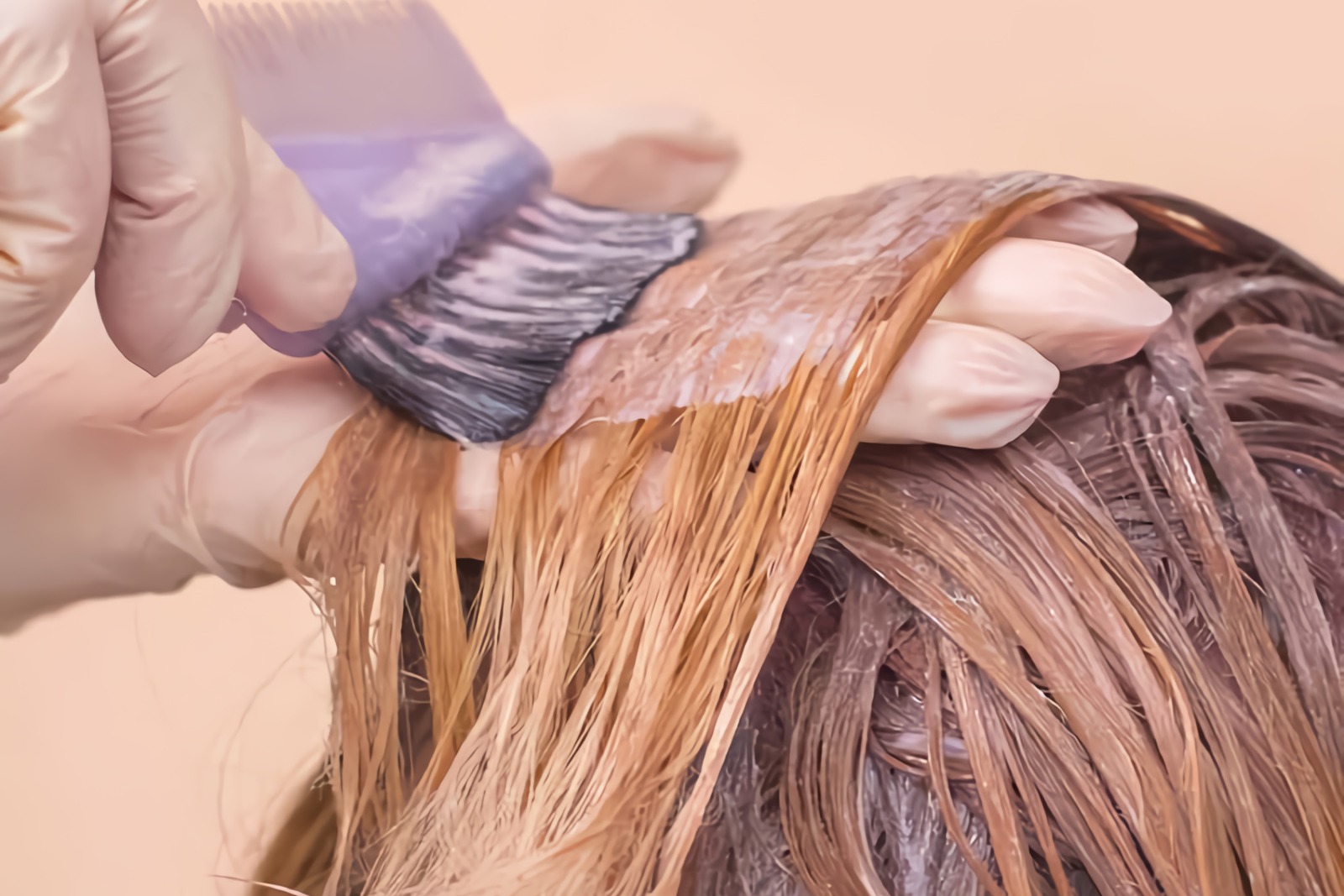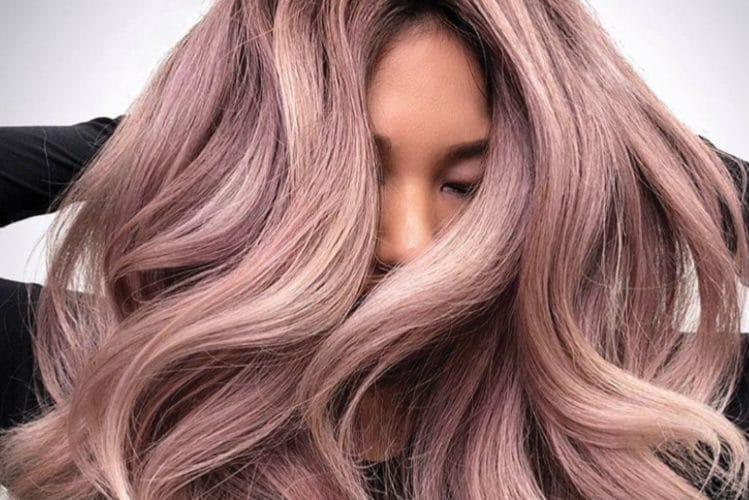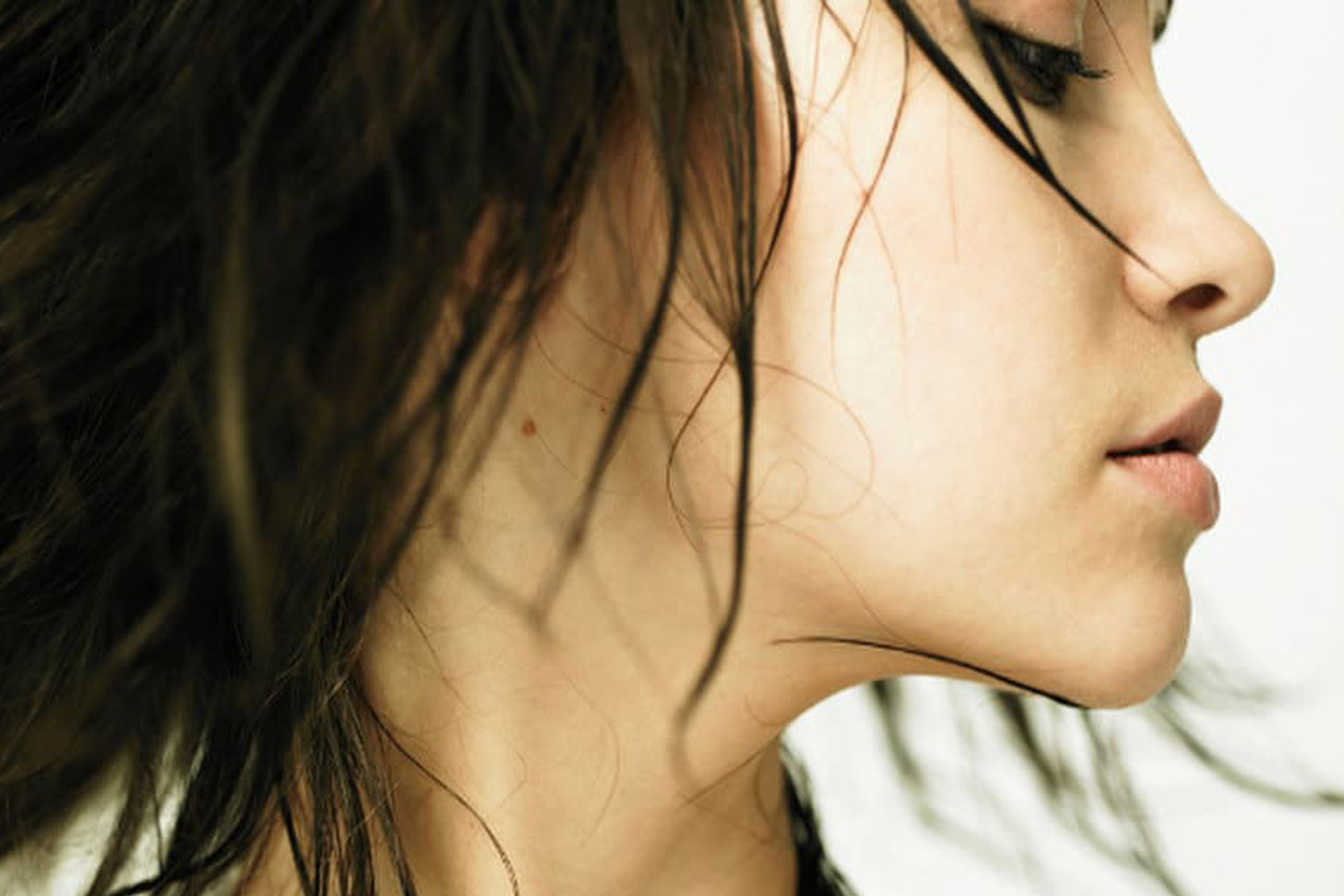Bleaching hair is a popular procedure for refreshing our look and making the chevelure more stylish. However, ladies often ask whether bleaching wet hair is allowed since there is a rumor that bleach won’t hold tight on the damp locks and the procedure will have to be redone again.
Well, let’s clarify the details of this process and find the truth regarding how bleach on wet hair behaves!
What Happens When We Bleach Hair?
First of all, it is important to figure out what happens to our chevelure when we expose it to the bleaching agent. Without a proper understanding of the procedure, we won’t be able to tell exactly how wet hair reacts to bleach.
So what happens if you put bleach in your hair?
- First of all, bleaching changes the texture of our hair, especially if a lady exposes her locks to this procedure regularly, since the bleaching product contains aggressive chemical agents.
- As a result, hair that is bleached often becomes thick, rough, dryer than usual. It is important to take into account that our bodies react on bleach chemicals differently so the effect can vary.
Nevertheless, among the common aftermath, there could be frizziness of hair or the chevelure will turn brittle or even curly.

- Exposing hair to bleaching causes its ends to split, besides, strands become more breakable.
- This procedure, especially if being taken regularly, ruins our locks making them weaker. It happens because the bleaching agent needs to stay on the locks long enough so it breaks down the natural fatty acids that our chevelure has.
- Constantly bleached hair is more prone to tangling due to its dryness.
- Finally, bleached locks are more vulnerable when it comes to any external influence like sunrays and UV.
Doesn’t sound quite optimistic, right? That is why girls often wonder whether applying bleach on wet hair can help to make the procedure less harmful and protect the strands.
To answer this question, we shall first find out how to discolor our strands properly at all.
How to Bleach Hair Properly?

Bleaching is a procedure aggressive to our locks. That is why we must be very careful when doing it at home without professional help.

- First, prepare the chevelure. Don’t process it for three months prior to bleaching.
- Don’t style the locks and avoid hair products with alcohol and sulfates
- Apply enough conditioner to the chevelure starting from two weeks before the procedure
- Before bleaching, divide the locks to secure the “crown” section away from the rest of them
- Prepare the bleaching mixture and start with the bottom strands moving from the tips to the roots
- Last of all, take a “crown” section and bleach it. Cover the locks with a shower cap and wait for 30-45 min.
- Wash the bleach off and dry the strands
If any unpleasant feelings like itching, burning or redness on the skin appear, wash away the bleach and visit the doctor!
Note that darker colors of hair often turn orange after bleaching. That’s absolutely normal.
Can You Put Bleach On Wet Hair?

So does it make sense to bleach our locks while they are damp?
To find it out, let’s see how bleach works on wet hair.
First of all, the bleaching developer contains a lot of water and only 10-30 percent of other ingredients. It means that when we bleach our chevelure we, actually, make it wet.
So, if we apply bleach on our locks while they are still damp, it will make the bleaching effect less powerful.
For those who need to lighten the chevelure significantly bleaching damp hair is not the best choice. However, if a lady wants just to highlight the strands, using bleach on damp locks will work just well!
Bleaching Wet Hair vs Bleaching Dry. Is There a Difference?
In fact, to bleach wet hair, the process is the same as for bleaching dry locks.
The same preparations must take place to protect the locks even though the “wet bleaching” is far less aggressive than its counterpart.
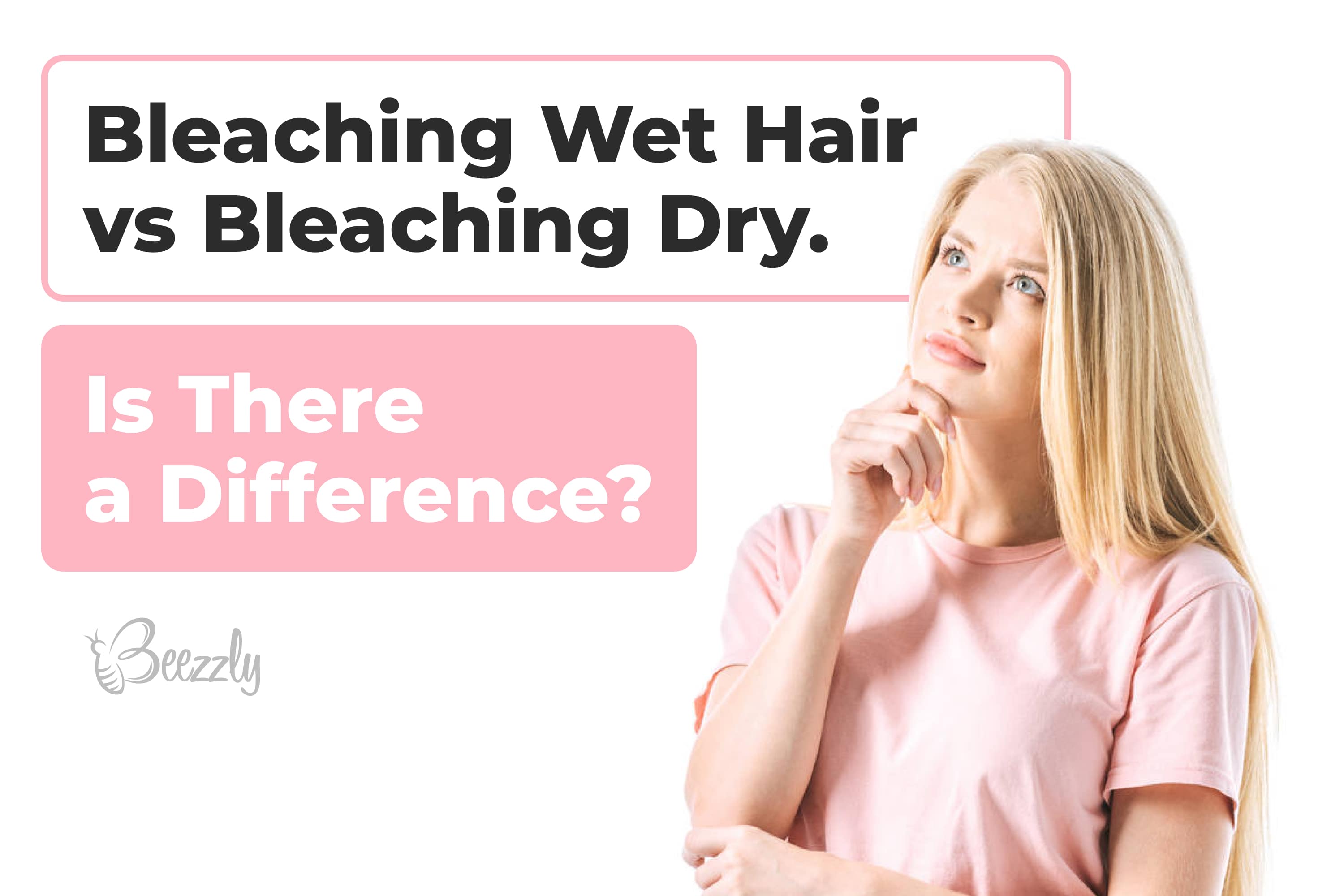
The only difference will be that before applying the solution, the strands must be damp enough but make sure that water isn’t dripping from them!
How Long Will Bleach On Wet Hair Last?
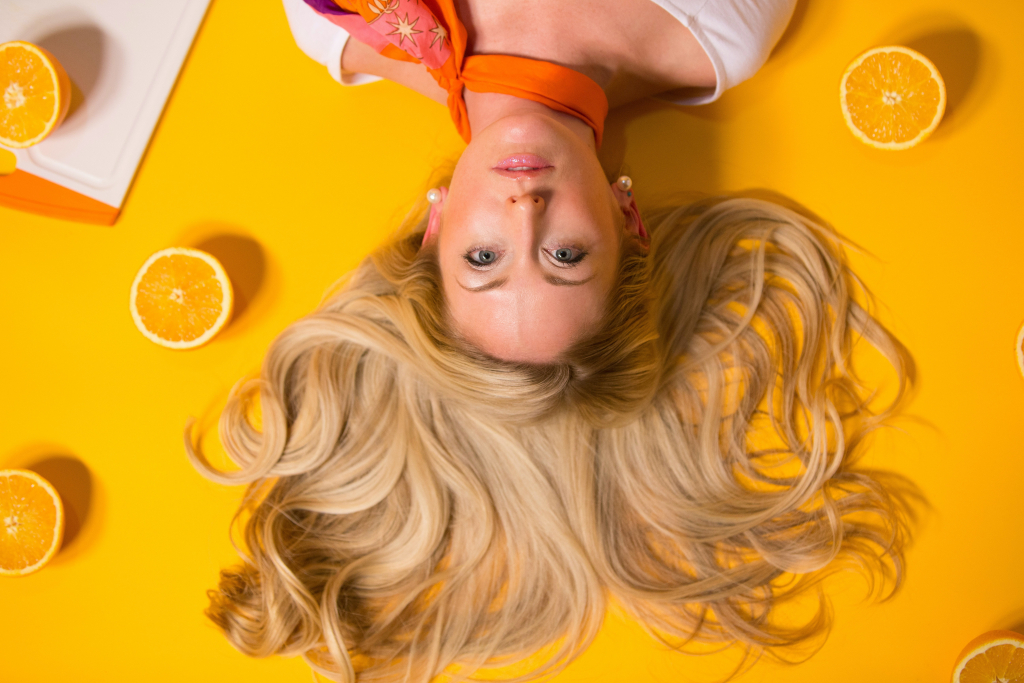
We already figured out that bleaching damp chevelure won’t give the ultimate lighting so, naturally, the effect will be less powerful than from the ordinary procedure.
Normally, if everything was done right, the shade will last without any changes for nearly six months and then it will start fading.
Bleaching Locks FAQ
Still not sure that you know everything about bleaching specifics and nuances? Relax and check out these most frequently asked questions from ladies all over the world!

Can you dye wet hair after bleaching?
Well, since both procedures are stressful to our chevelure, applying them one after another on the same day is not recommended. Let some time pass before you decide to dye the chevelure.
Can you bleach a wig?
Yes, if it is made of human hair.

The synthetic unit will most likely get ruined since the artificial hair is badly penetrated with the bleaching agent.
Can you bleach wet grey hair?
Since grey locks are weaker themselves, using bleach can be quite harmful to them. But if you still want to do it, prepare the chevelure properly and choose the product that contains a minimal amount of chemicals.
Can you highlight wet hair?
Definitely! Moreover, wet strands are much better for highlighting than for complete bleaching.
We hope that these tips were handy and they will allow making the right decision when it comes to making your chevelure lighter! Bleaching strands isn’t difficult but it requires certain knowledge to do everything right.
Be careful and attentive when choosing a bleaching product and make sure that it is as harmless as possible since the procedure is quite aggressive to the locks. And don’t skip the preparation stage since it allows to protect the chevelure for the upcoming challenge!
Read Next: What Color To Dye Over Green Hair When it’s Time For Changes?

